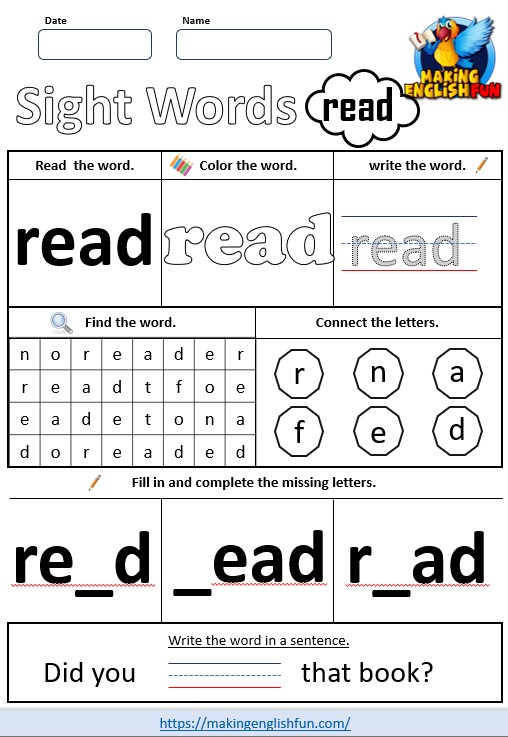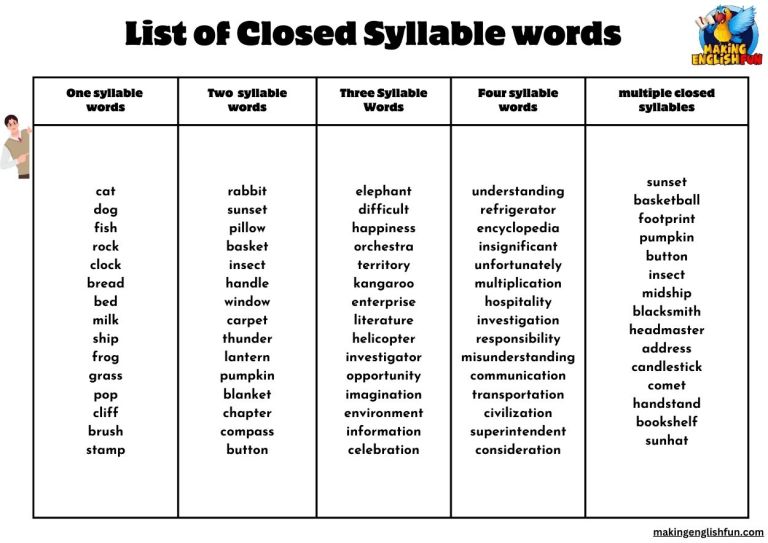Can You Learn English on Duolingo?
Duolingo is among the most popular apps for language learning anywhere in the world right now, but does this popularity guarantee positive results for learners? Is the platform a solid choice for those wanting to learn English?
Duolingo is a powerful tool for beginners and intermediates. Its gamified structure aids in vocabulary and basic grammar. For true fluency, more authentic immersive experiences are essential, making Duolingo a valuable but not sole solution.
These are the core questions that we are going to try and answer in today’s blog.

What is Duolingo?
Duolingo is an app-based language learning platform that focuses on providing elementary- to intermediate-level language instruction on vocabulary and useful phrases in a number of languages.
In fact, as of February 2023, Duolingo claims to offer courses in as many as 40+ different languages, including English and even Klingon! Courses on Duolingo are arranged into modules, starting with an introductory module, followed by basic vocab and phrases, and then moving into specific topic areas such as travel, food, and many more.
Lessons within each module have to be completed in the given order, as does each module itself, before moving onto the next one.
One of the secrets behind the platform’s success has been its creative approaches to keeping learners engaged and motivated. Their primary motivator is the goal system, which users set when they start out on the platform.
The app encourages learners to complete their goals, and in doing so, they are inspired to move on to complete more.
Beyond that, they have a system of points known as “lingots” which can be collected via getting correct answers, and they also have a leaderboard through which learners can compare themselves with their peers.

Can You Learn English on Duolingo?
The simple answer to this is yes, you can. English is one of the 40+ available languages available for study on the Duolingo platform. Perhaps more important to wonder, however, is whether or not one can use Duolingo effectively to achieve competence in English.
The answer to this question is also a resounding yes, despite what some detractors say about its limitations. Besides the app’s continued popularity and creative approach to keeping people motivated, the platform has also been recognized more widely as an effective tool for English instruction.
Perhaps the best example of this is the growing number of educational institutions and other organizations that now recognize Duolingo English test results as equivalent to more established English proficiency tests such as the TOEFL and IELTS tests.
Having said all of that, it’s clear that there are indeed some limitations to how much one can gain from Duolingo. Even those who pass their TOEFL and IELTS tests are invariably far from being fluent in English.
Much of their more advanced and authentic English comes to those learners when living, studying and/or working overseas.
Duolingo is clearly an effective tool for getting language learners to a strong intermediate proficiency, but it’s hard to support the idea that it can make one fluent that requires a more balanced approach. ( teachers are not out of a job just yet we think!)
Advantages of the Duolingo Platform
Price
A lot of credit should be given to Duolingo for keeping the vast majority of their main features part of the free overall package.
For those who want to escape the somewhat irritating cycle of ads, the cost isn’t a huge leap, either. Super Duolingo (known to some as Duolingo Plus) starts at just $6.99 a month at the time of writing.
For serious language learners who are dedicating a lot of their time and effort to their target language, that’s not a huge price to pay.
Engagement
Besides competitive pricing, the engaging and competitive nature of Duolingo’s platform should be acknowledged as a key advantage.
From the colorful graphics to the varied exercises and playful way that the app encourages you to push on just a bit further each time. It’s not unlike a positive and helpful trainer at the gym, helping you push for the burn.
Clearly many people agree that the app is engaging, since Duolingo now boasts more than 575 million users.
Ease of Use
For those who have claimed in the past not to have the time for language learning, Duolingo is an ideal solution.
The entire apparatus is contained within your smartphone, for a start, and users can enjoy a spell of learning and practice virtually any time they have a spare moment: after meal times, during break times, while commuting to and from work on public transport, and even while waiting in line for coffee.
Duolingo works even for those who can only spare as little as 3 minutes per day.
Reinforcement of Difficult Words
Another excellent feature of the Duolingo platform is the way it tracks users’ progress, and then places automatic emphasis on words that they are struggling with.
This means that learners are spending more time on what they need to learn more, and less time on what they seem to have mastered, and the system will adapt as they move through each module.
The repetitive and cyclical nature of the activities and games makes it easier to retain information learned, too.
The Pros of Duolingo
Duolingo’s rise in the realm of language learning isn’t just a testament to effective marketing; it’s largely due to the genuine advantages the platform provides.
One of its primary strengths is accessibility. In an age where smartphones are ubiquitous, having the power to learn a language in your pocket is groundbreaking.
This convenience enables consistent, daily practice, which is essential for language acquisition.
Another hallmark feature is its adaptive learning environment. Duolingo tailors its lessons based on the learner’s progress, ensuring that challenging topics receive more focus.
This personalized approach mimics some of the benefits of private tutoring, where instruction is adjusted based on the student’s needs.
Duolingo’s gamified structure makes the learning process fun and engaging. Earning “lingots”, reaching new levels, and competing on leaderboards turn mundane grammar exercises into motivating challenges.
This gamification taps into the competitive spirit of learners, pushing them to study more diligently.
Drawbacks of the Duolingo Platform
Ads
Probably the biggest drawback that people genuinely dislike is the use of ads on the free platform. To escape the ads, one has to pay for Super Duolingo.
Without that payment, you do get somewhat bombarded during your learning time. It’s good that people have the option to keep their learning free, but ads can be disruptive and distracting in the English learning process.
Grammar-Translation Method
The main method employed on the Duolingo platform is the Grammar-Translation method, which involves students learning key grammar points and then applying them by translating phrases and sentences using that grammar.
It’s a classical and well-used approach, but has been questioned by some experts over its real efficacy.
Lack of Teachers
The lack of human contact is another drawback of the exclusively online and game-based Duolingo approach. The app/program is the teacher, which makes things engaging and efficient, but isn’t very good for those who have questions in need of answers.
Lack of Authenticity in Expression
Finally, there are some who have claimed that the Duolingo platform creates sentences around the required grammar point and vocabulary choices, which results in some rather unnatural or unauthentic sounding sentences being taught.
Students may be confused when learning English on Duolingo and then finding that native speakers communicate in a completely different way.

How Duolingo Compares to Other Language Apps
The digital age has ushered in a plethora of language-learning apps, each claiming to be the best tool for acquiring a new tongue. However, Duolingo stands out in several aspects, which has contributed to its dominant position in the market.
- For starters, its user-friendly interface is welcoming to learners of all ages. Many apps bombard users with complicated menus and features, but Duolingo’s intuitive design ensures learners spend more time practicing English than navigating the platform.
- Another critical distinction is Duolingo’s curriculum breadth. While many apps focus solely on vocabulary or grammar, Duolingo offers a more holistic approach, integrating reading, writing, listening, and speaking exercises. This comprehensive methodology provides learners with a well-rounded skill set, mimicking the natural process of language acquisition.
- Competition is another area where Duolingo excels. Its leaderboard system promotes friendly rivalry among friends and peers, turning language learning into a social activity. Many alternative apps lack this communal aspect, which can make the learning journey feel isolating.
- Duolingo’s commitment to free education sets it apart. Most language apps operate on a subscription model, gating their best features behind paywalls. While Duolingo offers a premium subscription, the vast majority of its content remains accessible without payment
.However, it’s worth noting that no app is a one-size-fits-all solution.
Should I Use Duolingo to Learn English?
Overall, it’s clear to see that Duolingo is a powerful and valuable language tool. If you are a beginner looking for a way to boost your vocabulary and fluency, then you will undoubtedly find a great ally in Duolingo.
However, for those already at the upper intermediate level of English, they may not find enough challenge within the app to move them onto the more advanced level. In short, one should consider their current level and needs before getting into the app.
The good news, however, is that the app is absolutely free to try, so people can see for themselves if it’s useful without wasting any money.
Conclusion
Duolingo offers a strong foundation for those embarking on their English learning journey. Its gamified approach and structured modules make English acquisition enjoyable and consistent.
While beginners and intermediate learners will find immense value, achieving true fluency requires broader immersion beyond the app’s capabilities.
While Duolingo is a commendable starting point and supportive tool, it should be complemented with other learning experiences for comprehensive English proficiency.
But yes, in our long winded answer, You can learn English on Duolingo!
References
- https://www.duolingo.com/course/en/uk/Learn-English#:~:text=Learn%20English%20for%20Free&text=Learn%20English%20in%20just%205,is%20scientifically%20proven%20to%20work.
- https://blog.duolingo.com/why-learn-english/
- https://www.languagetrainers.com/blog/learn-english-on-duolingo/
- https://englishproficiency.com/blog/how-learn-english-duolingo-app/








One Comment